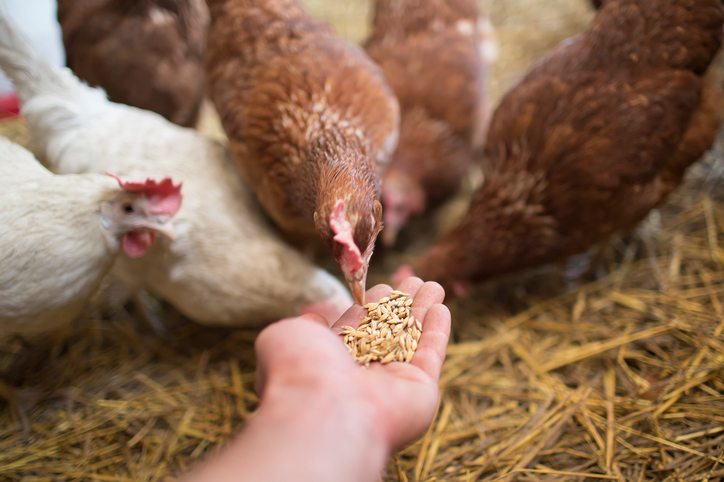When you notice that one of your chickens isn’t eating, it can be quite worrying. The health and well-being of your flock is of utmost importance, and sometimes, a chicken might need a little extra help. Knowing how to syringe feed chicken can be a tremendous help in ensuring your feathered friend gets the nutrition it needs.
Understanding how to syringe feed chicken isn’t just for emergencies. It’s an essential skill that every poultry enthusiast should have in their toolkit. Let’s delve into the steps and techniques for successful syringe feeding.

Why You Might Need to Syringe Feed a Chicken
Common Reasons
There are several reasons why you might need to syringe feed your chicken. These can include illness, injury, or simply a temporary inability to eat on their own. Conditions like respiratory infections, digestive issues, and physical trauma can make it hard for a chicken to peck and ingest food normally.

Preparation Before Syringe Feeding
Gather Your Supplies
Before you start syringe feeding, make sure you have all the necessary supplies at hand. You will need a suitable syringe, a selected nutrition liquid (like baby bird formula), a towel, and a calm environment. Also, it’s wise to have sanitizing solutions on standby.
Choosing the Right Syringe
Not all syringes are created equal. Choose one that is appropriate for the size of your chicken and the type of food or medication you will be administering.

Techniques for Syringe Feeding
Positioning Your Chicken
Proper positioning is critical. Wrap your chicken in a towel to keep it calm and still. This technique, often called ‘burrito wrapping’, helps restrict their movements.
Administering the Food
Place the syringe at the corner of the chickens beak and slowly administer the food. It’s important to do this gently to avoid choking or aspiration.

Post-Feeding Care
Monitoring Your Chicken
After feeding, monitor your chicken closely. Ensure they are comfortable and check for any signs of distress.
Long-Term Solutions
Improving Diet
Work on improving your chicken’s diet and environment to prevent the need for future syringe feedings.
Veterinary Consultation
If syringe feeding becomes frequent, its advisable to consult a veterinarian to diagnose underlying health issues.
Success Stories
Many poultry enthusiasts have successfully used these techniques to save their chickens. For example, one reader shared how jumbo egg breed chickens can sometimes benefit from extra care and attention.
Additional Resources
You can learn more about poultry health issues at the Mississippi State University Extension.
FAQ
What is the best type of syringe?
A syringe with a soft tip is often best to avoid injury to the chicken’s beak and mouth.
How often should I syringe feed?
This depends on the severity of the condition. Consult your vet for detailed instructions.
Can I use home-made liquid foods?
Yes, you can use home-made liquid foods, but they must be nutritionally balanced.
As an Amazon Associate, I earn from qualifying purchases.








